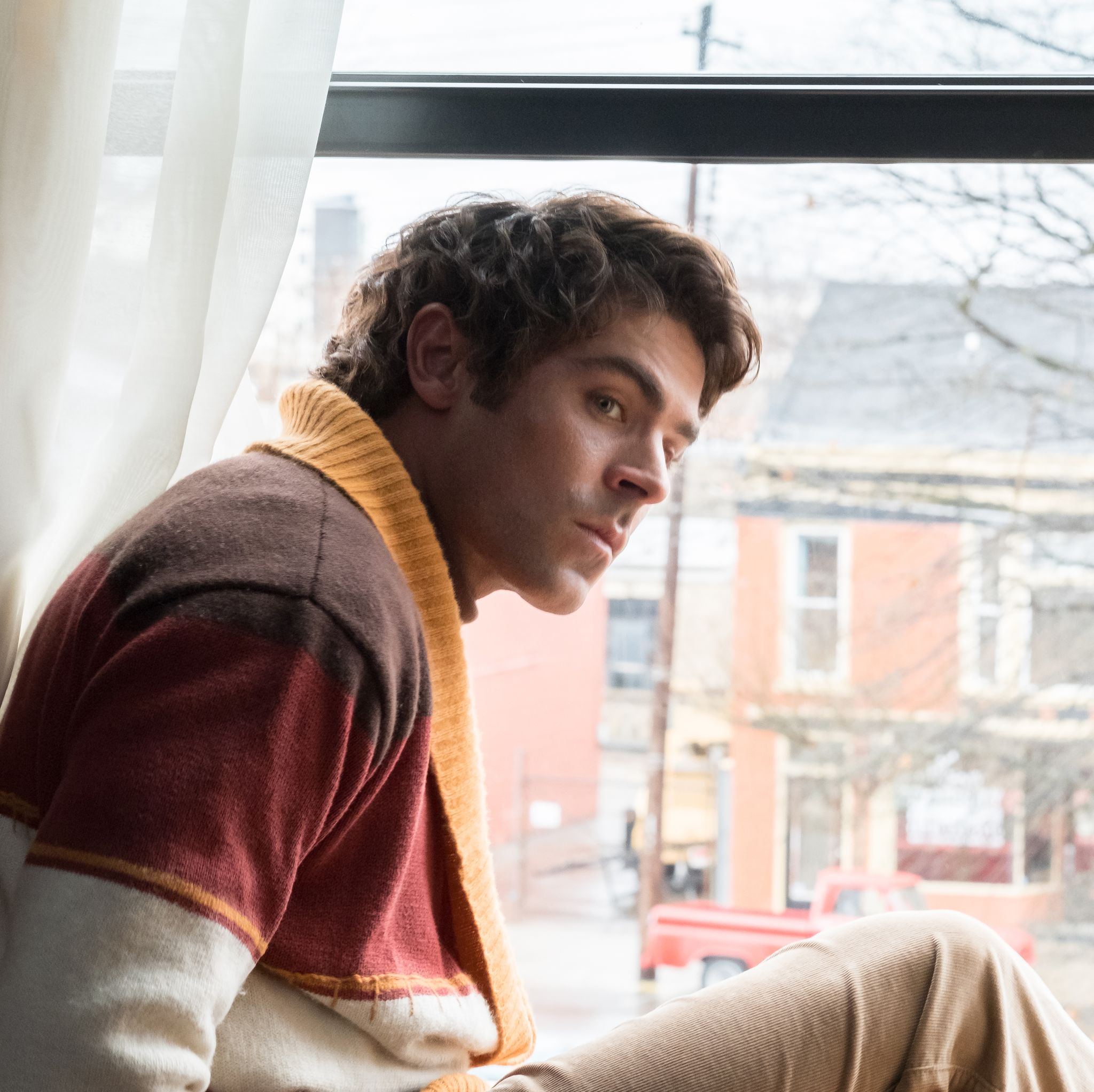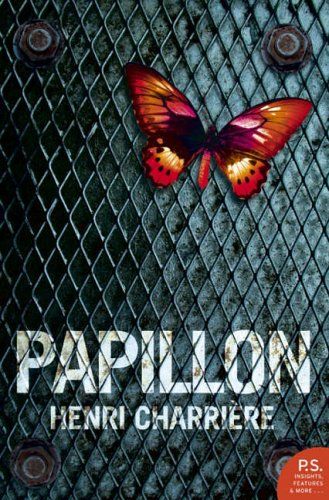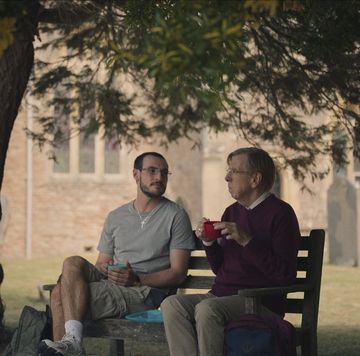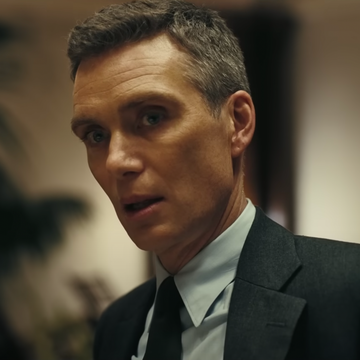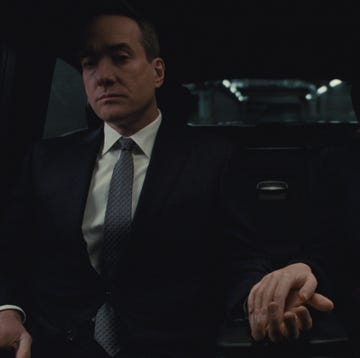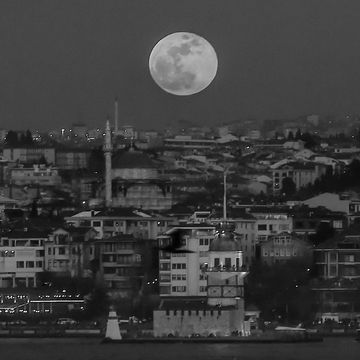In the Netflix movie Extremely Wicked, Shockingly Evil and Vile, Ted Bundy tells his longtime girlfriend Liz Kendall about how a book he's been reading in prison has given him hope. At that point in the movie, Bundy (played by Zac Efron) insists he is innocent, and he says the book Papillon inspires him that one day he will get out of his jail cell.
"I wanted to tell you about this book, have you ever heard of Papillon? It's about this guy whose been terribly convicted of a horrible, horrible crime and he gets sentenced to life, but he didn't do it!" the Bundy character says. "He obsesses over the day he'll be free again and spends years hatching escapes, getting caught, punished, beaten, betrayed. But he never loses hope. And that's my wish for us, Liz. That we never give up hope."
When his girlfriend comes to visit him for the first time right before Christmas, Bundy gives her a copy of the book. "I've read it four times. You remember what it's about, right?" he says. "Never lose hope."
The book is a perfectly symbolic tool for the film, which portrayed Bundy's multiple real-life escapes from prisons before he finally landed on death row, where he admitted to killing at least 30 women. However, in Kendall's memoir, on which the movie is based, she makes no mention of Papillon.
Papillon has a fascinating backstory, though, so it makes sense the filmmakers would use it for foreshadowing. The bestselling book was written by French prisoner Henri Charrière, who was nicknamed "Papillon", the french word for butterfly, for a tattoo on his chest. Charrière was held in a Caribbean prison after he says he was framed for the 1931 murder of another criminal named Roland Legrand.
After years of escape attempts, French authorities sent Charrière to Cayenne, a penal colony in French Guyana often known as Devil's Island. As the writer tells it, he finally escaped from the brutal conditions in 1941 by jumping into the ocean with a makeshift raft of coconuts. Narrowly escaping a deadly shark attack, he sailed to Venezuela to freedom, according to a summary in The New European. Charrière was able to start over again in South America before dying in 1973 of throat cancer, according to the New York Times:
He found refuge in Venezuela, worked as a gold digger, oil prospector and pearl merchant and did other odd jobs before settling down in Caracas, marrying, opening a restaurant and becoming a pros perous Venezuelan citizen ... At the age of 62 he stumbled on the novels of Albertine Sarrazin, a former prostitute and jailbird, and, spurred by her literary good fortune, decided to describe his own tribulations. In a few months, he filled 13 copybooks with his autobiography and sent it to a Parisian publisher, who became enthusiastic about the manuscript.
The story, which was published in France in 1963, is action packed and harrowing, which led to the sale of 5 million books in 16 languages and two movies based on the story. In 1970, Charrière's murder conviction was stricken from his record, and he wrote a sequel to Papillon called Banco about his post-escape life.
But the tale has been much disputed since it was published. Charrière himself admitted the book was "only 75% true," according to The New European. And in 1970, a French journalist wrote a book called The Four Truths of Papillon to debunk most of Charrière's account. In spite of the controversy, the book was made into a film by the same name in 1973. Steve McQueen played Charrière and Dustin Hoffman played another prisoner named Louis Dega, and the film was one of the most expensive of its time thanks to massive salaries demanded by the two actors. In 2017, the movie was remade with Charlie Hunnam as Charrière and Rami Malek as Dega.
Decades after the original book came out, the story continued to unravel in 2005, when a 104-year-old inmate Charles Brunier claimed he was the model for the book.
"When Mr Brunier recounts his memories, he says he was detained with Henri Charrière and is adamant that Charrière stole his story," the director of the retirement home in which Brunier was living told The Telegraph.
The new Ted Bundy movie has reignited interest in Papillon, according to data from Google Trends. Though the narrative may have been exaggerated—or even a completely different inmate's story—the takeaway from the book remains an important one. As a 2005 story in The Atlantic points out: "Today if you watch Papillon—for the first or the 100th time—you are immediately struck by the similarities between the way French colonial authorities mistreated prisoners a century ago and the way U.S. authorities, on both the state and federal level, mistreat inmates in our own time. In fact, tragically, you can make a reasonable argument that American prisoners today in many respects are treated worse than were the prisoners highlighted in the movie. What a long, strange descent into brutality it's been."

Kate Storey is the author of White House by the Sea: A Century of the Kennedys at Hyannis Port and the senior features editor at Rolling Stone. She was previously a staff writer at Esquire, where she covered culture and politics, and has written long-form profiles and narrative features for Vanity Fair, Marie Claire, Town & Country, and other publications.
